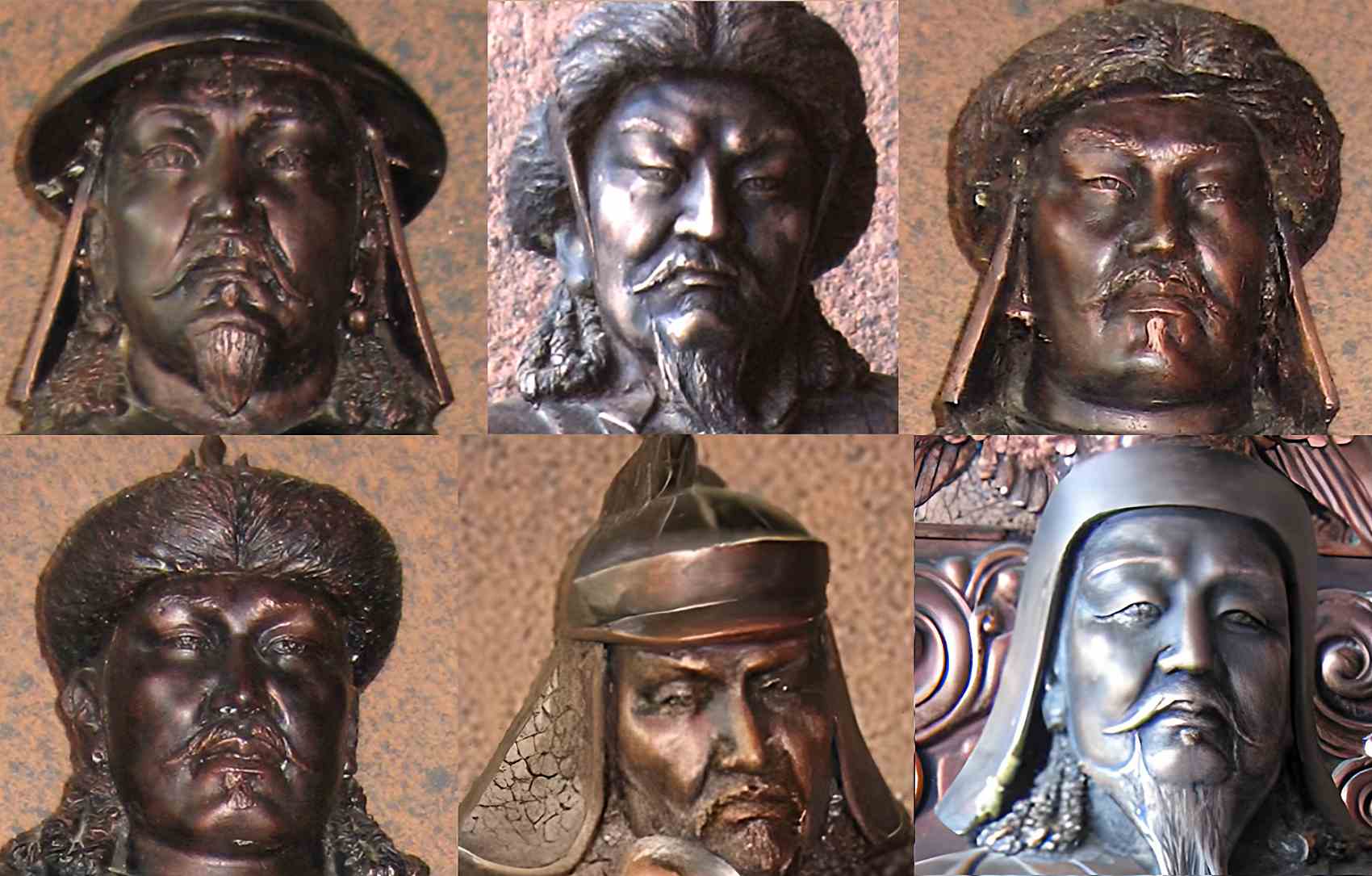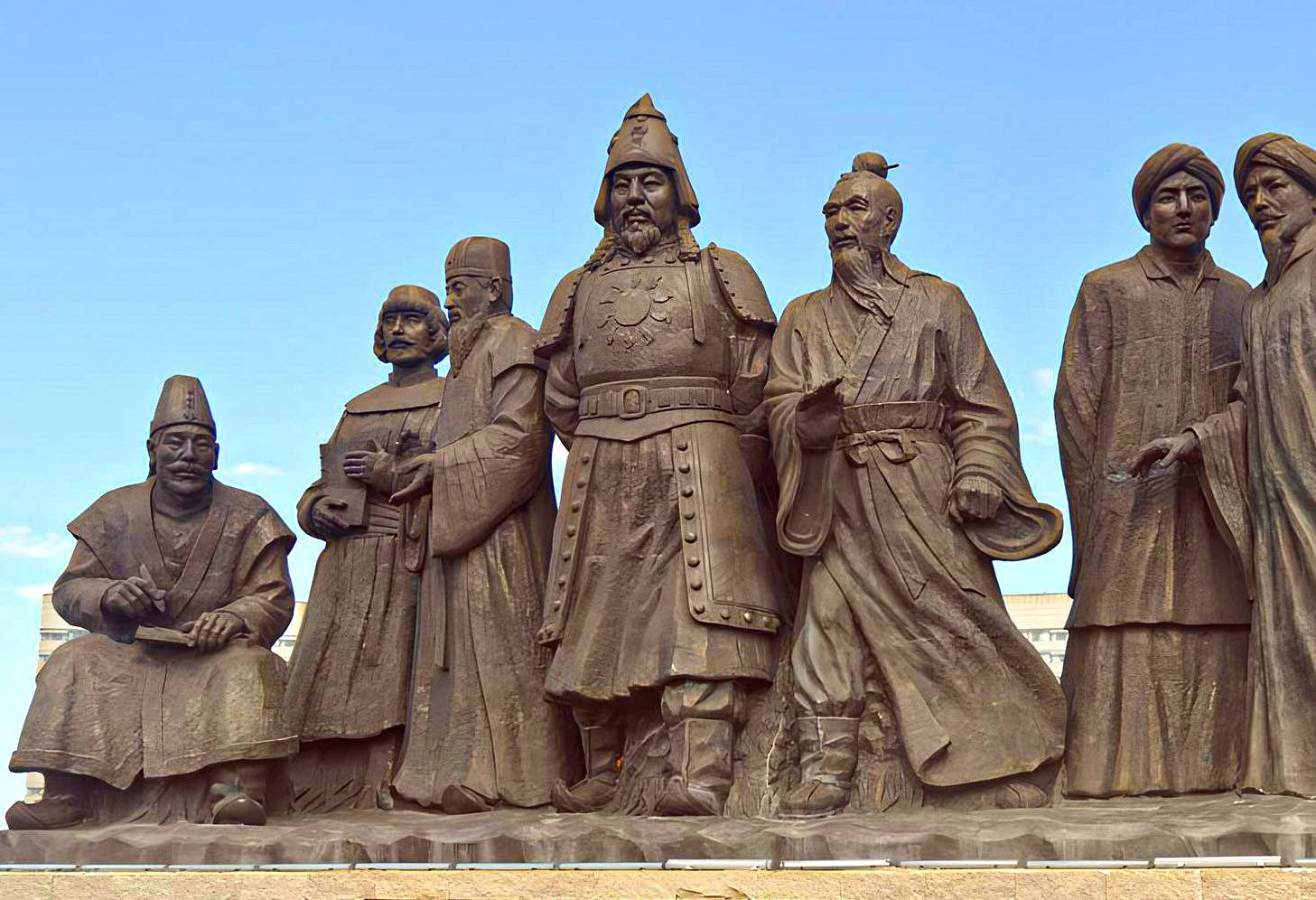Khutulun at a Glance
Who was Khutulun, and what was her significance in Mongol history?
Khutulun was the daughter of Kaidu Khan, a Mongol warlord and grandson of Genghis Khan. She was an accomplished wrestler and fighter, and her story was told by many famous writers and historians, including Marco Polo, Ibn Battuta, and Rashid al-Din. Her legacy as a famous athlete and wrestler has inspired many works of art, including the opera Turandot by Italian composer Giacomo Puccini.
What is the origin of Khutulun’s name?
The ancient Turkic term u0022qutuq,u0022 which means u0022happiness,u0022 is the origin of Khutulun’s name. She was also called Khotol Tsagaan (u0022All White Princessu0022) and Ay Yaruq (u0022Moonlightu0022) in other sources.
How did Khutulun become famous?
Khutulun famously proclaimed that she would marry any man who could defeat her in a wrestling contest, but the man had to give her 100 horses as a reward if she won. This challenge became widely known, and many princes, nobles, and wrestlers tried to defeat her, but none succeeded. Her story became a popular topic in many stories, plays, and operas throughout history.
What is the significance of Khutulun in Mongolian wrestling tradition?
According to Jack Weatherford, the act of a Mongolian wrestler extending his arms and slowly rotating to show the crowd his chest as a ceremonial dance of the victor is a memorial for the best female warrior in Mongolian history, Khutulun. Mongolian wrestlers also wear a shirt with an open chest (called a u0022zodogu0022), which may have originated from officials having to check the sexes of both competitors.
The daughter of Kaidu Khan, Khutulun (Хутулун, 1260–1306), was a wrestler and the great-great-granddaughter of Genghis Khan, the head of the Mongol Empire. Her name originates from the ancient Turkic term “qutuq,” meaning “happiness.” Qutulun Chagan was another name for her. She joined her father’s troops and was an accomplished fighter and wrestler. Khutulun was also known as the Khotol Tsagaan Günj (“All White Princess”) and Ay Yaruq (“Moonlight”). She was also the great-granddaughter of Ögedei Khan, and her father Kaidu fought for the House of Ögedei during his life.
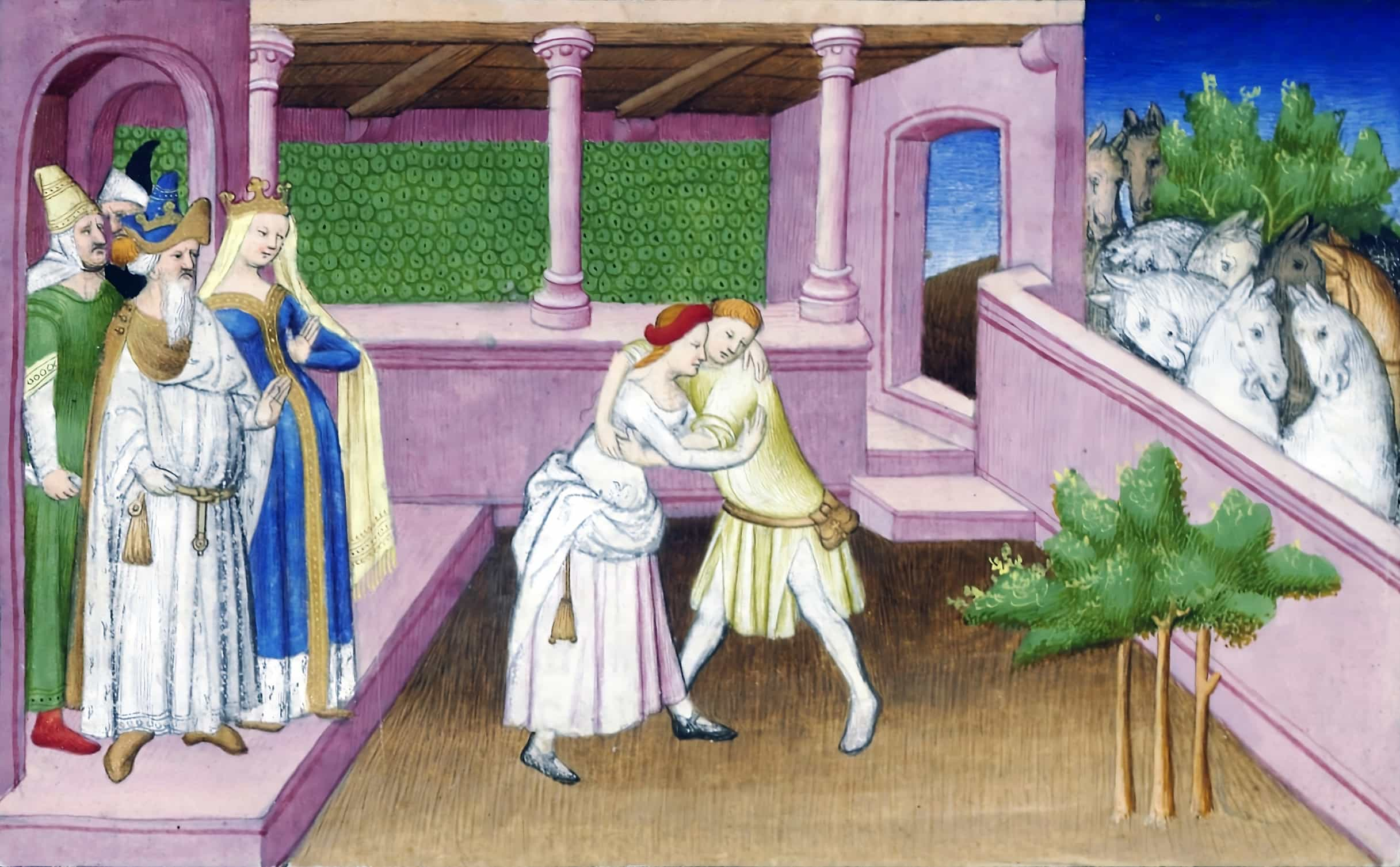
Her story was told in the Middle East and Italy after being recorded by Marco Polo, Rashid al-Din, and Ibn Battuta. Marco Polo said she was stunningly attractive and an accomplished martial artist. Kaidu Khan (1235–1301) saw her potential and took her into battle with him. During the battle against the Yuan dynasty, Khutulun famously proclaimed that she would marry any man who could defeat her in a wrestling contest, prompting many men to accept the dare.
Khutulun, on the other hand, wanted a hundred horses as a reward if she beat the man. Many works of art, like the opera Turandot (1926) by Italian composer Giacomo Puccini, were inspired by her reputation as a famous female wrestler and athlete, especially in Europe in the 18th century.
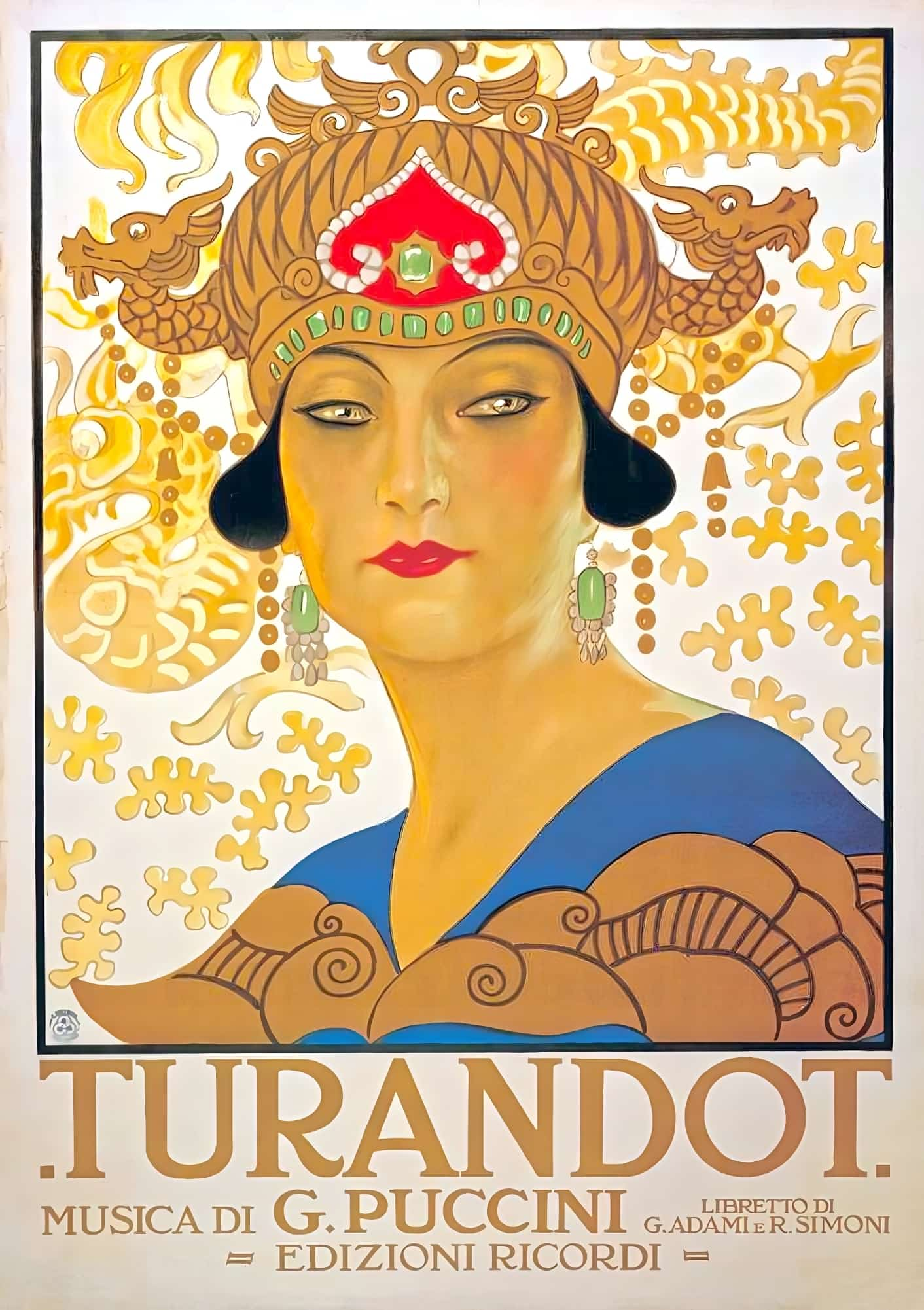
Note: “Turandot” means the “Turkic Daughter” or “Daughter of Turan.” It was a common moniker for Central Asian queens in Persian literature. Today, the term turan is a reference to the prehistoric Turkic settlement in Central Asia.
Reflection of Khutulun in Wrestling
Mongolian wrestlers fight each other regardless of body weight and size, and there is no limit to the arena. It is customary for two competitors to land first on each other’s elbows and chests.
Mongolian wrestlers usually wear a shirt with an open chest (called a “zodog”). This may have originated from officials having to check the sexes of both competitors.
When a wrestler extends his arms and slowly rotates to show the crowd his chest as a ceremonial dance of the victor, this may as well have the same purpose. According to Jack Weatherford, this is a memorial for the best female warrior in Mongolian history, Khutulun.
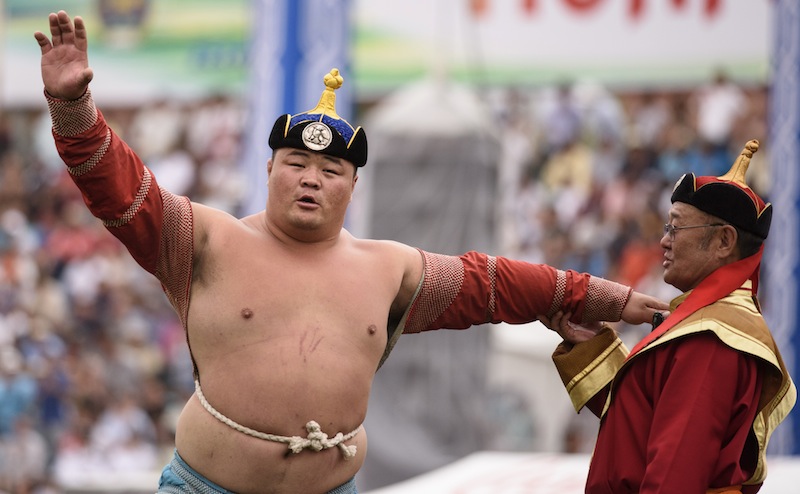
Khutulun in Popular Culture
Many princes, nobles, and wrestlers were smitten by Khutulun’s beauty and wrestling skills and they lost a lot of horses in the process. This story became a hot topic in the coming centuries. In the 19th century, in Giacomo Puccini‘s play Turandot, men who wanted to marry Turandot risked their lives by trying to solve three riddles she posed.
In 1710, a French scholar named Francois Pétis de la Croix wrote a series of stories about the rulers of the Mongol Empire. In these stories, he told many Asian legends and myths. In his novel, he depicted a Turkic girl named Turandot who lived in the Golden Kingdom.
The Italian writer Carlo Gozzi used this as the basis for a play, which Friedrich Schiller translated into German. In 1802, Johann Wolfgang von Goethe put on the play Turandot Princess in Weimar, Germany. Jacopo Foroni’s Turandot was also presented as an opera and became a sensation.
In the Netflix show Marco Polo, Claudia Kim plays the role of Khutulun.
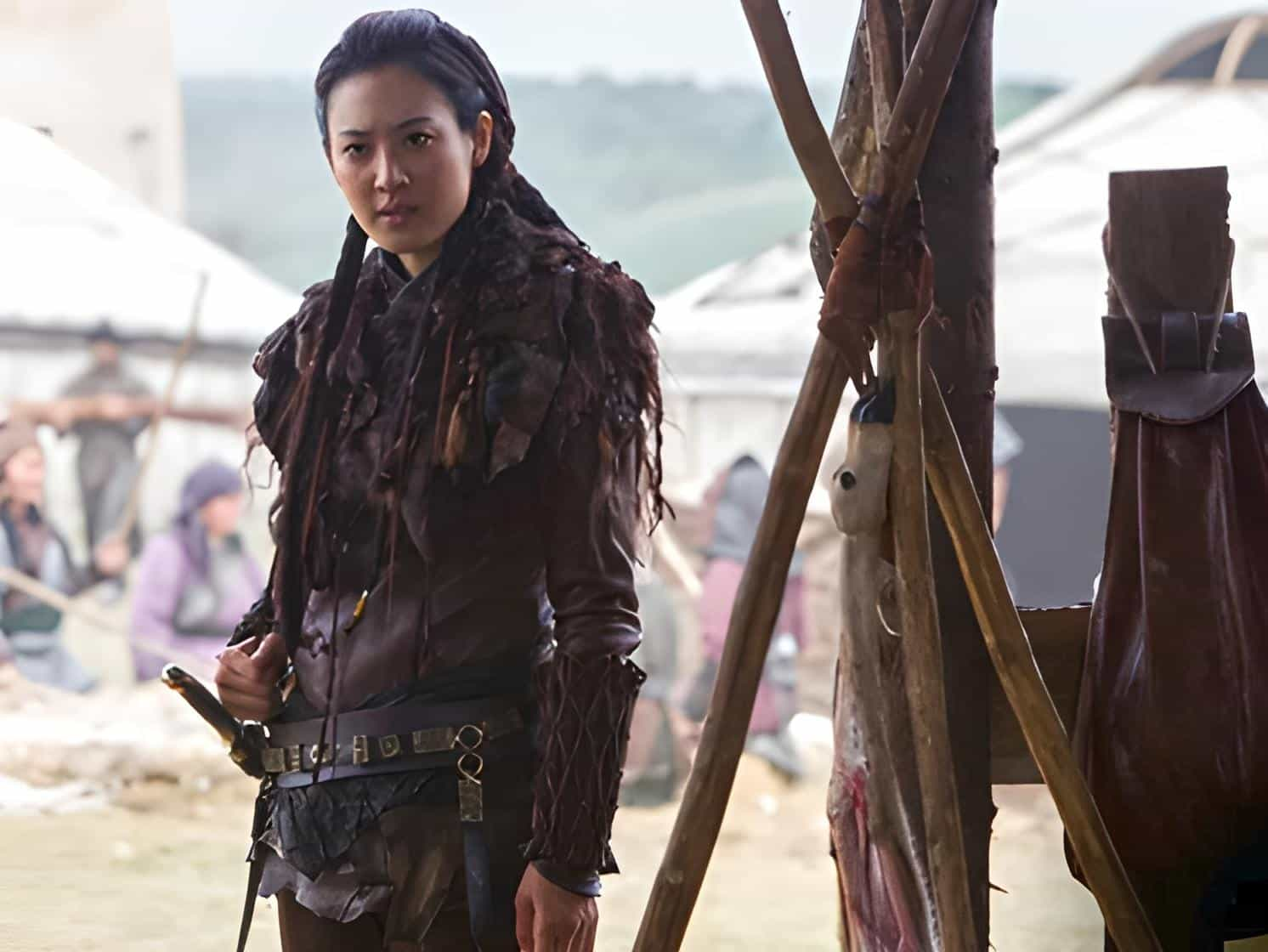
Between 2011 and 2019, an Australian racehorse named Khutulun earned roughly 334,000 USD in reward money, more than 30 times the amount of its initial purchase.
In 2021, a movie named Princess Khutulun was released, which starred the Mongolian actress Tsedoo Munkhbat.
Origin of Khutulun
Khutulun or Kutulun was born sometime around 1260, but her precise date of birth is unclear. Her grandfather was Khashin who died early, and her father was the powerful Mongol warlord Kaidu Khan. Her mother, Buman Dai Khatun, was also an influential character; she was Kaidu’s primary wife rather than a concubine.
The ancient Turkic term qutuq, meaning “happiness,” is the origin of Khutulun’s name. In “The Travels of Marco Polo”, she is called Aigiarne which translates to “Radiant Moon” in Tatar. Khotol Tsagaan (which means “All White” in Mongolian) is also attributed to her. In other sources, she is called Aiyurug or Ay Yaruq in Turkic which means “Moonlight”.
Aside from Marco Polo’s travels and the account of Ilkhanate vizier Rashid al-Din, the name “Khutulun” does not appear in the chronicles of the Mongol Empire or in the Secret History of the Mongols. In the genealogical charts of the Genghis family compiled by the Timurid Empire, she is known more as “Qutulun Chagan.”
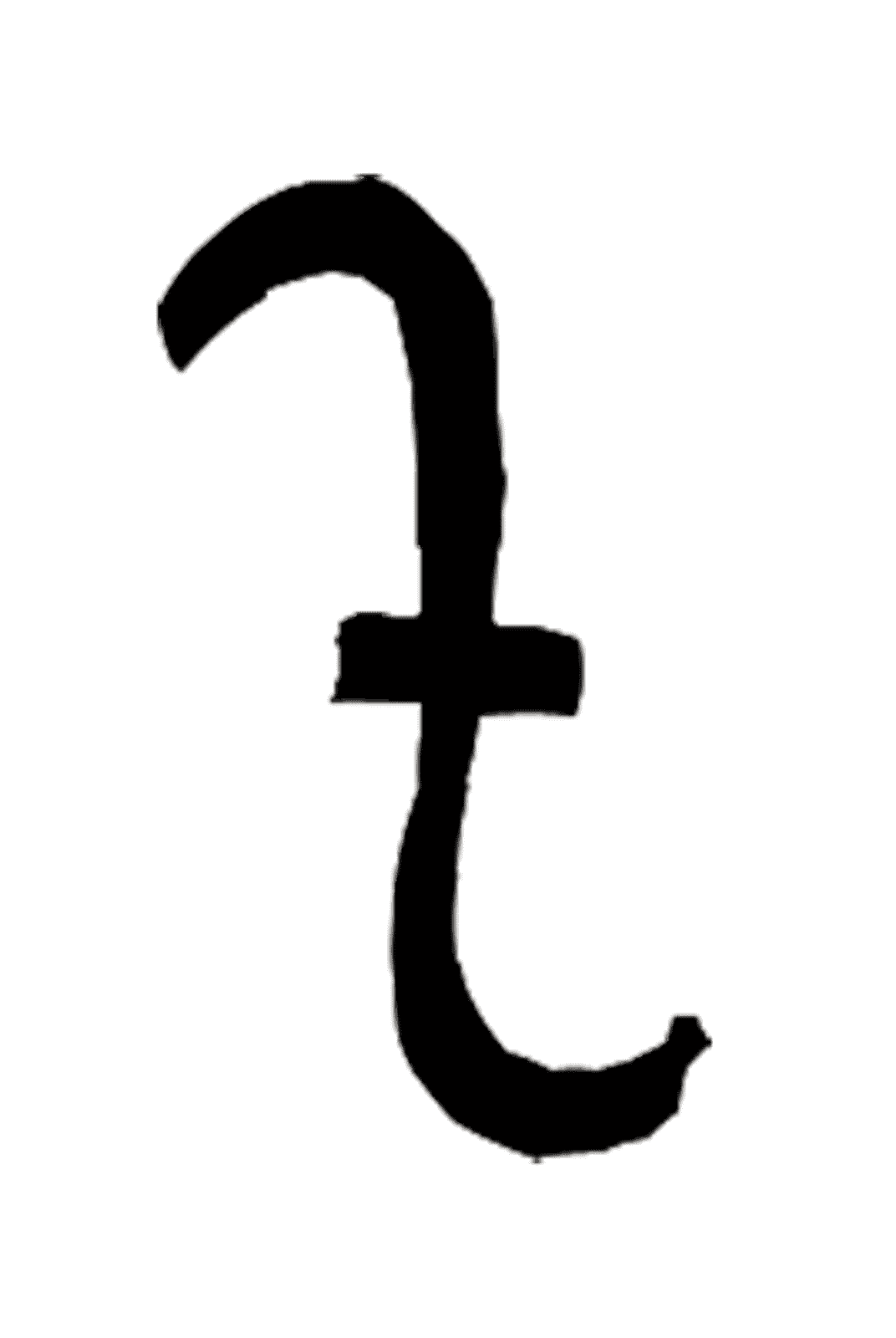
Khutulun’s father, Kaidu, was a khan when she was born, and he controlled the Amu Darya River and the western Siberian steppe. By 1280, Kaidu Khan had become Central Asia’s preeminent ruler. Mongolia in the west, India in the south, and the Central Siberian Plateau in the north were all part of the House of Ögedei’s expansive territory at the time.
Rashid al-Din estimates that Kaidu had anywhere between 24 and 40 boys. And among his daughters, the names Khutulun and Kököchin especially stand out. However, details on Kököchin’s whereabouts are scant.
Khutulun’s Early Life
Khutulun grew up in the Mongol culture and, like other kids her age, learned to ride horses and shoot arrows. Rashid al-Din, a Persian scholar and the Khan’s advisor, claimed that Khutulun was the manliest of her sisters and she fought in her father’s troops.
Unlike her cousin Kublai Khan, Khutulun did not favor sedentary pursuits. She was an accomplished wrestler and a formidable fighter. In addition to her other talents, she was an excellent archer and demonstrated enthusiasm for horse riding. She often enjoyed spending time atop a horse.
Khutulun grew up in a competitive environment, often pitted against her 14 male siblings. She grew up fighting with her strong brothers and competing with them from childhood to overcome them by force.
Her Appearance and Military Career
According to Marco Polo, Khutulun was said to be tall, agile, and fast. Polo described her as being able to easily approach her enemies like a hawk catching a chicken and either capturing or killing them. Polo also recorded that Khutulun was powerful and courageous, and that there was no man in her father’s kingdom or the surrounding countries who could surpass her strength.
According to Rashid al-Din, Khutulun dressed like a man and showed bravery by participating in several wars. She was entrusted with important tasks by her father and handled administrative duties. Unlike her other sisters, she stayed by her parents’ side until the very end.
Some men who were jealous of her, including Mongols, Tatars, and Turkic tribal leaders, spread nasty rumors that Khutulun was engaged in incest with her father Kaidu to downplay her reputation.
Khutulun accompanied her father Kaidu Khan to the battlefields. After Mongke Khan’s rise to power, Kaidu opposed the Toluid clan and fought against Kublai Khan for the next half-century. Khutulun took part in the Kaidu–Kublai war (1268–1301).
Instead of consulting his 24 or 40 sons, Kaidu allegedly turned to his daughter Khutulun for guidance. According to Marco Polo, Khutulun was a skilled warrior who could easily mount her enemies and take them prisoner, like a hawk catching its prey.
Wrestling as a Marriage Challenge to Men
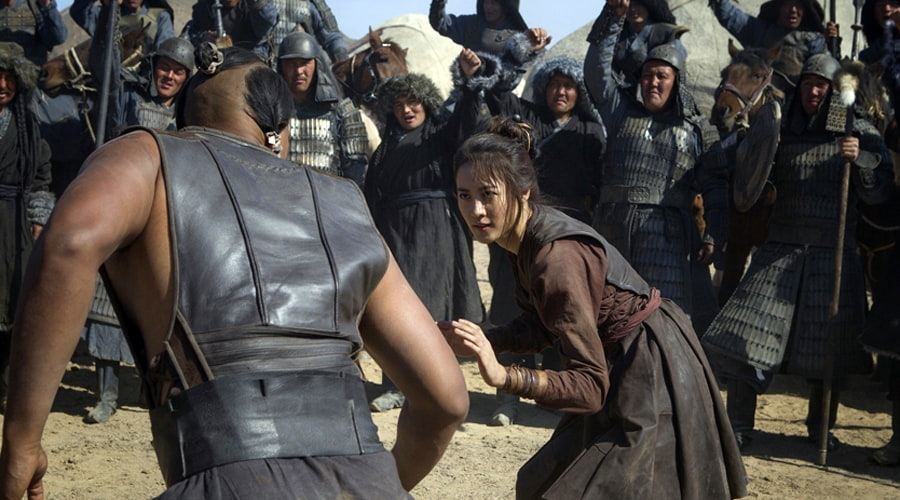
According to “The Travels of Marco Polo,” Kaidu Khan had every intention of marrying Khutulun off to a Mongol prince because of how much he loved her. Khutulun flatly rejected his proposal, saying she would wait to tie the knot until she met a man who could match her in power and ability.
Since Kaidu was powerless to change his daughter’s mind, he issued a consent document giving her the right to select her own husband, regardless of whether or not that meant challenging men from all over the world to wrestling matches.
According to Marco Polo, Khutulun did not actually want to get married. Instead, she offered to wrestle any potential suitors as a condition for marriage. No one was able to defeat her.
Khutulun challenged the sons of Mongol and Turkic nobles that they had to wrestle with her if they wanted to marry her. If they lost, they had to pay a fine of 100 horses. She reportedly acquired 10,000 horses through this condition.
In 1280, a wealthy nobleman who had won the favor of Kaidu Khan brought 1,000 horses to win Khutulun’s hand in marriage. Kaidu advised Khutulun to lose on purpose. But Khutulun was not to be trifled with, and after some wrestling, she lifted the nobleman up and threw him down. The nobleman was greatly discouraged and almost lost his mind over what happened.
She Finally Got Married
Khutulun ultimately refused to marry, as she always had. And her prolonged celibacy led to malicious rumors of an incestuous relationship with her father. Eventually, in 1296, Kaidu handed her over to a warrior named Abtakul of the Choros clan. According to Rashid al-Din, Abtakul was chosen as a husband by Khutulun herself.
But the man she loved, Rashid al-Din says, was Ghazan Khan who was the seventh ruler of the Mongol Empire’s Ilkhanate. According to the Ilkhanate vizier and historian al-Din, Khutulun later lived in Tarsakent and Karabalic and had two sons.
Four years after the marriage of Khutulun, in the year 1300, Kaidu led a large army to invade the Mongol plateau to challenge the supremacy of the Yeke Yuwan Ulus or “Great Yuan State”. He was met by the army of the Yuan dynasty led by Külüg Khan (later known as Emperor Wuzong of Yuan) in the Battle of Tekelik.
This battle became the largest and fiercest in the history of the Mongol Empire. However, Kaidu was unable to claim victory and was instead injured by the Külüg Khan army. As a result of his injuries, Kaidu passed away a month later at Lake Taikan in 1301.
His body was buried on a mountain called “Sonkurlik” between the Ile (Ili) and Chu rivers, where the Ögedei Khan was also buried.
Khutulun as the First Female Khan
Khutulun’s father Kaidu came to depend on her advice and political support more and more as he got older. She was undoubtedly her father’s favorite child, and according to some accounts Kaidu was actually planning to designate her as the next khan before he died of an injury in 1301.
However, Kaidu Khan’s choice is said to have been rejected by his male relatives beforehand. She continued to be challenged by her kinsman Duwa and other brothers from the Chagatai Khanate who opposed her right to inherit.
Khutulun, with the help of her brother Orus, and husband Abtakul, lived in the area around the mountain of Sonkurlik and guarded the graves of his father and family. Orus was also named as the successor by Kaidu and Khutulun supported him.
Before his death, Kaidu had nominated Orus, who was born of a regular khatun, as his successor, but Duwa, the head of the Chagatai family and second in power after Kaidu, nominated Kaidu’s firstborn son, Chapar, instead of Orus.
At this time, Orus, Tökme of the Güyük family, and Khutulun were against Chapar taking the throne, and Khutulun sided with Orus so he could be involved in politics and the military.
In response, Duwa taunted her by saying, “You must do scissors and needlework instead.” Khutulun was furious and fought with Orus against Chapar’s faction, but their battle ended up contributing to Duwa’s seizure of Central Asia.
In 1306, when Kaidu’s son Chapar raised an army against the Duwa of the Chagatai Khanate, Khutulun led a force of 1,000 men to support the Chapar, but was defeated. Khutulun was killed in 1306 by an assassin sent either by Duwa or Chapar. Because Khutulun had resisted the succession of both in favor of Orus.
She was only 45 or 46 years old at the time of her death. The leaders and followers of the House of Ögedei that had rallied around Khutulun were also captured.
Khutulun After Her Death
Marco Polo, Rashid al-Din, and Ibn Battuta were among the travelers who told people in Europe about Kuthulun. However, her name does not appear in the records of the Yuan and Ming dynasties, and she is not mentioned in the Mongolian and Chinese records and literature.
Even so, in Central Asia, Iran, and Arab countries, her name has been passed down through folklore. Her name was written down in Rashid al-Din’s Persian history book, and Kuthulun’s name came up several times when putting together the family tree of Genghis Khan’s clan in the Turco-Mongol Timurid Empire.
References
- “The Travels of Marco Polo” – Harper & brothers, 1845.
- “The Secret History of the Mongol Queens” – Jack Weatherford, 2010.
- “The Secret History of the Mongols” – Urgunge Onon, 2005.




